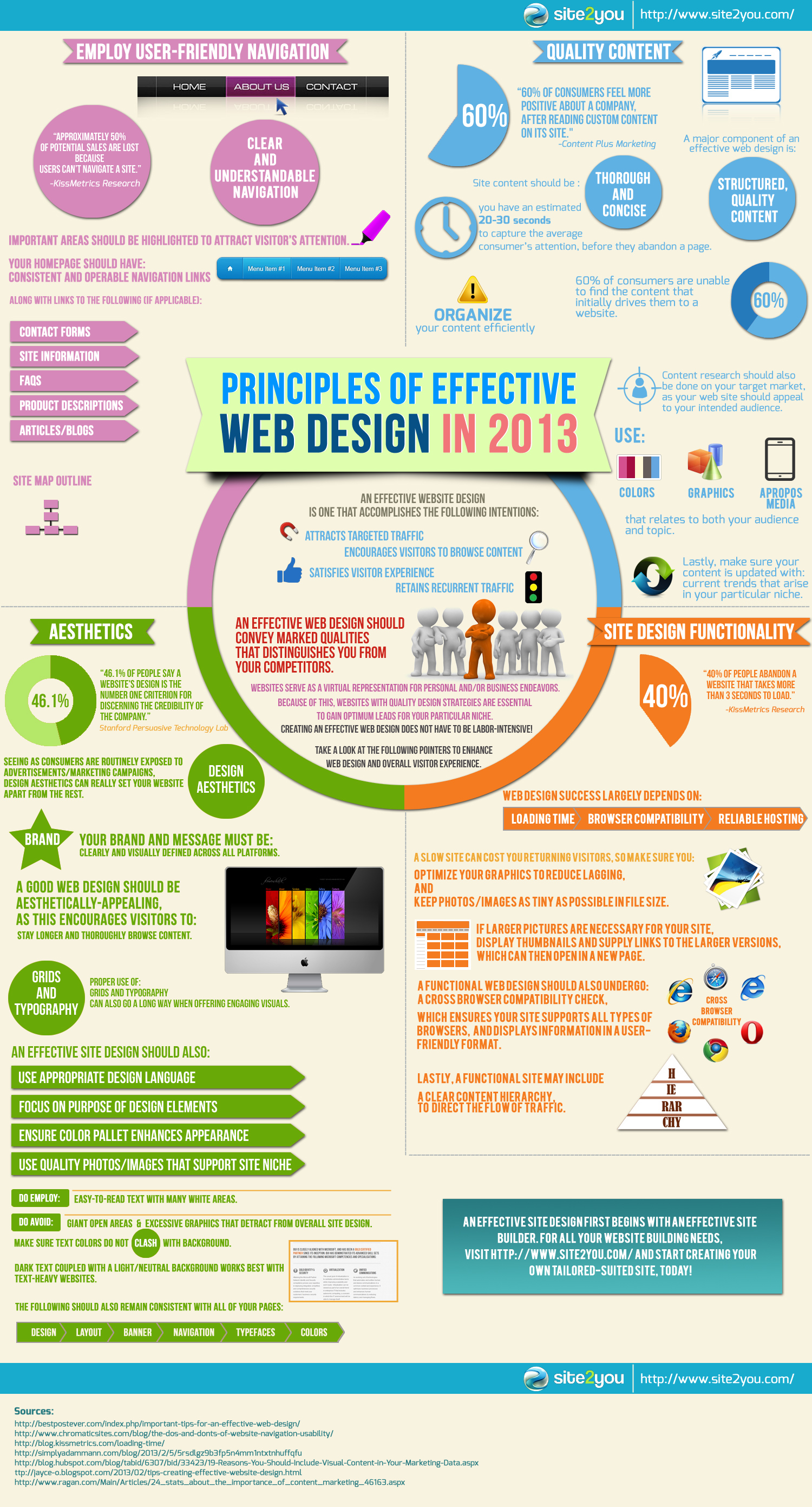Interested In Finding Out How Web Site Layout Has Progressed Throughout The Years? Check Out The Trip From Basic, Straightforward Styles To User-Centric Interfaces That Prioritize The Visitor'S Experience
Interested In Finding Out How Web Site Layout Has Progressed Throughout The Years? Check Out The Trip From Basic, Straightforward Styles To User-Centric Interfaces That Prioritize The Visitor'S Experience
Blog Article
Material By-Johansen Cantu
In the past, web sites were easy and focused on details. Navigating was direct, and design was for desktops. Currently, user experience is essential. Data guides layouts for easy navigation. Responsive formats suit different tools. Today, dark setting lowers pressure, and minimal food selections enhance navigation. Interactive attributes involve customers, and bold visuals stand apart. AI combination increases engagement. See just how layout has advanced to improve your on-line journey.
Early Days of Website Design
In the very early days of web design, simplicity preponderated. Sites were standard, with restricted colors, fonts, and layouts. The emphasis got on offering details as opposed to showy visuals. Customers accessed the internet with sluggish dial-up links, so speed and functionality were essential.
Navigation menus were straightforward, usually situated at the top or side of the web page. Internet sites were developed for desktop, as mobile browsing had not been yet widespread. Content was king, and designers focused on simple readability over complex style components.
HTML was the main coding language made use of, and designers had to function within its restrictions. Animations and interactive functions were minimal contrasted to today's requirements. Internet sites were static, with little dynamic content or personalized individual experiences.
Increase of User-Focused Layout
With the development of internet site layout, a change towards user-focused style concepts has ended up being increasingly noticeable. find more information , developing internet sites that focus on user experience is critical for involving visitors and accomplishing company objectives. User-focused design involves comprehending the requirements, preferences, and actions of your target audience to customize the web site's layout, content, and includes appropriately.
Designers now carry out thorough study, such as user studies and use testing, to gather insights and comments directly from users. This data-driven approach aids in producing intuitive navigation, clear calls-to-action, and visually attractive interfaces that reverberate with site visitors. By your domain name at the center of the style procedure, web sites can deliver an extra personalized and satisfying experience.
Responsive design has actually also become an essential facet of user-focused style, making sure that internet sites are enhanced for numerous tools and screen sizes. This adaptability improves access and functionality, catering to the varied ways customers interact with web sites today. Fundamentally, the rise of user-focused design symbolizes a change in the direction of producing electronic experiences that focus on the demands and expectations of completion user.
Modern Trends in Web Design
Explore the most up to date patterns shaping website design today. One popular fad is dark mode style, using a sleek and contemporary appearance while lowering eye pressure in low-light environments. Another vital pattern is minimal navigation, simplifying menus and enhancing individual experience by focusing on essential elements. Integrating micro-interactions, such as animated buttons or scrolling effects, can develop a much more engaging and interactive site. Receptive style stays vital, making certain seamless customer experiences across different devices. In addition, using strong typography and unbalanced designs can add visual rate of interest and draw attention to specific content.
Integrating AI technology, like chatbots for customer assistance or customized recommendations, boosts individual involvement and improves processes. Access has likewise end up being a significant pattern, with developers focusing on inclusive style practices to cater to varied customer demands. Accepting sustainability by maximizing internet site performance for rate and performance is another emerging fad in web design. Working together with user feedback and information analytics to iterate and enhance design continually is vital for staying relevant in the ever-evolving digital landscape. By embracing these modern-day patterns, you can develop an aesthetically attractive, easy to use website that resonates with your audience.
Verdict
As you review the development of internet site design from the early days to now, you can see exactly how user-focused layout has actually come to be the driving force behind modern-day fads.
Embrace the journey of adjustment and adaptation in website design, always maintaining the user experience at the center.
Remain existing with the most up to date trends and technologies, and never ever stop evolving your method to produce aesthetically magnificent and easy to use internet sites.
Evolve, adapt, and produce - the future of website design is in your hands.
